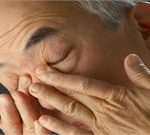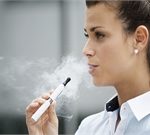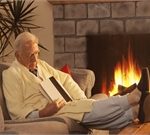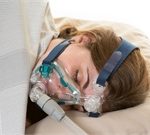
Feeling exhausted, with too few hours in the day to do what needs to be done? Be careful of burnout — especially after a new study finds it can raise your risk for the dangerous irregular heartbeat known as atrial fibrillation. “A-fib” — long tied to higher odds for heart attack and stroke — is the most common form of heart arrhythmia. It’s estimated that 10 million people in the United States will have the condition by next year. The new study found burnout might help trigger a-fib. “Vital exhaustion is associated with increased inflammation and heightened activation of the body’s physiologic stress response,” explained study author Parveen Garg, of the University of Southern California, Los Angeles. “When these two things are chronically triggered, that can have serious and damaging effects on the heart tissue, which could then eventually lead to the development of this arrhythmia,” he explained. In the study, Garg’s group surveyed more than 11,000 people about whether or not they had symptoms of burnout and then followed them for nearly 25 years. Burnout “is typically caused by prolonged and profound stress at work or home,” said Garg. His team published its findings Jan. 13 in the European Journal of Preventive Cardiology. Burnout “differs from depression, which is characterized by low mood, guilt and poor self-esteem,” Garg said in a journal news release.… read on >
















